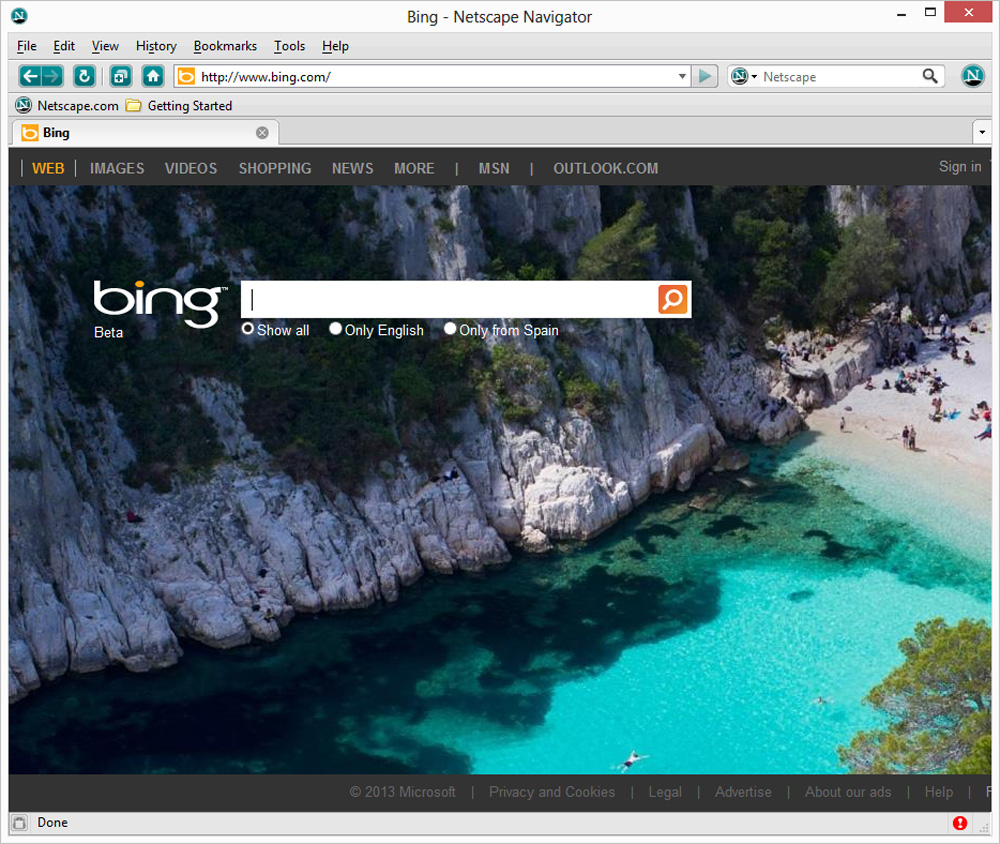

NES is similar to an HTTP (Java) servlet, except that an NES module is written in code native to the platform.įor more information on supported versions of Netscape Enterprise Server and iPlanet servers, see the BEA WebLogic Server Certifications Page. The NES module is loaded by NES at startup, and then certain HTTP requests are delegated to it. The Netscape Enterprise Server Plug-In operates as an NES module within a Netscape Enterprise Server. Additionally, the HTTP-tunneling facility of WebLogic Server can operate through the Netscape Enterprise Server Plug-In, providing access to all WebLogic Server services (not just dynamic pages). To the end user-the browser-the HTTP requests delegated to WebLogic Server appear to come from the same source as the static pages. The connection between WebLogic Server and the Netscape Enterprise Server Plug-In is made using clear text or Secure Sockets Layer (SSL). The Netscape Enterprise Server Plug-In is designed for an environment where Netscape Enterprise Server serves static pages, and a Weblogic Server instance (operating in a different process, possibly on a different machine) is delegated to serve dynamic pages, such as JSPs or pages generated by HTTP Servlets. The plug-in enhances an NES installation by allowing WebLogic Server to handle those requests that require the dynamic functionality of WebLogic Server. The Netscape Enterprise Server Plug-In enables requests to be proxied from Netscape Enterprise Server (NES, also called iPlanet) to WebLogic Server. Overview of the Netscape Enterprise Server Plug-In Sample obj.conf File (Using a WebLogic Cluster) on page 5-11 Sample obj.conf File (Not Using a WebLogic Cluster) on page 5-8 Using SSL with the NES Plug-In on page 5-14Ĭonnection Errors and Clustering Failover on page 5-15įailover Behavior When Using Firewalls and Load Directors on page 5-16 Setting Up Perimeter Authentication on page 5-13

Installing and Configuring the Netscape Enterprise Server Plug-In on page 5-2 Overview of the Netscape Enterprise Server Plug-In on page 5-1


 0 kommentar(er)
0 kommentar(er)
